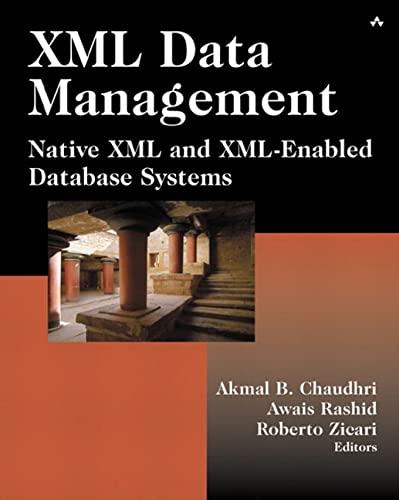Answered step by step
Verified Expert Solution
Question
1 Approved Answer
3 . Work out the following problems from first principles without converting to binary and counting the bits. Then compare with the formulae presented for
Work out the following problems from first principles without converting to binary and counting the bits. Then compare with the formulae presented for encoding a character string into an integer, and viceversa, in the specified radix. Hint: Consider the nextlower and nexthigher power of two for each integer.
a How many bits are exactly required to encode the following integers? The number shown as an integers subscript refers to the radix of that integer.
b Exactly how many bytes are required to represent the numbers in a above?
Step by Step Solution
There are 3 Steps involved in it
Step: 1

Get Instant Access to Expert-Tailored Solutions
See step-by-step solutions with expert insights and AI powered tools for academic success
Step: 2

Step: 3

Ace Your Homework with AI
Get the answers you need in no time with our AI-driven, step-by-step assistance
Get Started


